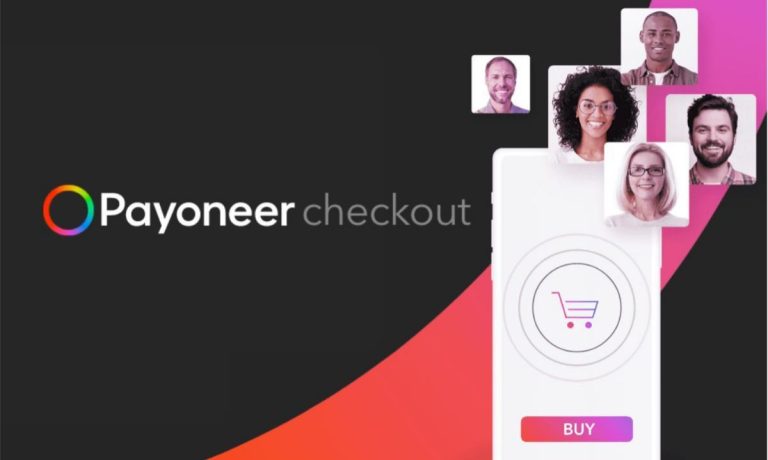Commerce tech company Payoneer will now offer payment acceptance for direct-to-customer (DTC) webstores with its new service Payoneer Checkout, a press release says.
Payoneer Checkout will add a way for merchants to work within the increasingly popular DTC market. The release said this will add a “unified experience” across digital channels, consolidating funds across various marketplace and direct sales channels in the company’s multicurrency accounts.
That will let merchants deal with accounts payable, get working capital and use funds to pay for things like digital advertising.
Scott Galit, Payoneer CEO, said it was important to offer this technology because many small businesses sell through multiple channels.
“Expanding into payment acceptance is a very natural extension of our offering for SMBs, empowering them to participate in the digital economy by transacting globally as easily as they do locally,” he said.
The DTC market has seen burgeoning growth since the pandemic started. DTC eCommerce sales in the U.S. were projected to hit $175 billion by 2023.
Advertisement: Scroll to Continue
In India, the market is likely to triple in value from 2020 to 2025.
See also: Payoneer Sees 50% YoY Growth in Q4 in LatAm, Asia, Middle East and North Africa
Payoneer recently reported fourth quarter results in which it said its goal was to keep growing, according to PYMNTS. Galit said some of the highlights of that quarter were bigger revenue numbers and more customers, including more adoption of B2B accounts payable (AP) and accounts receivable (AR) services.
The company saw more than 50% year-over-year growth in numerous places including Latin America, Southeast Asia and South Asia.
Galit said the company was “building on strength and just beginning to leverage our unique position in this massive market.”
Chief Financial Officer Michael Levine said there was still a lot of potential to invest and work on new products including “initiatives and campaigns to accelerate growth of our higher value services such as B2B AP/AR, Payoneer Commercial Card, Merchant Services, and expand more aggressively into high growth geographic markets.”




